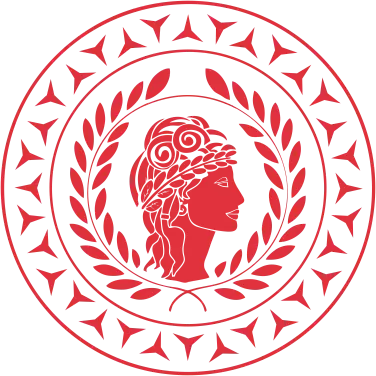PRATO
House of Design
Casa Prato 59100
City of Prato,
Province of Prato,
Tuscany Region, Italy
Corporate HQ
Bahnhofstrasse 100
8001 Zürich
Switzerland
Contact
Info@MyPrato.com
Design Houses
Introduction
Prato's Seven Design Houses
1. Arcanara
Fashion Design House
Design Labs
Amsterdam: Essence Design Lab- Athens: Radiance Design Lab
- Bangkok: Elysium Design Lab
- Barcelona: Luminary Design Lab
- Berlin: Enigma Design Lab
- Budapest: Nexus Design Lab
- Cairo: Spectrum Design Lab
- Cancun: Harmony Design Lab
- Doha: Zenith Design Lab
- Dubai: Catalyst Design Lab
- Hong Kong: Illuminate Design Lab
- Istanbul: Pristine Design Lab
- Johannesburg: Epiphany Design Lab
- London: Vivid Design Lab
- Los Angeles: Endeavor Design Lab
- Milan: Serenity Design Lab
- Moscow: Synergy Design Lab
- Mumbai: Empower Design Lab
- New York: Ethereal Design Lab
- Paris: Equinox Design Lab
- Prague: Apex Design Lab
- Rio: Innovate Design Lab
- Riyadh: Astral Design Lab
- Seoul: Aspire Design Lab
- Shanghai: Momentum Design Lab
- Singapore: Fusion Design Lab
- Stockholm: Renaissance Design Lab
- Sydney: Inspire Design Lab
- Tokyo: Evolve Design Lab
- Toronto: Lumiere Design Lab
- Vancouver: Paragon Design Lab
- Vienna: Celestial Design Lab
- Warsaw: Vanguard Design Lab
© Copyright 2023 Prato - All Rights Reserved.
